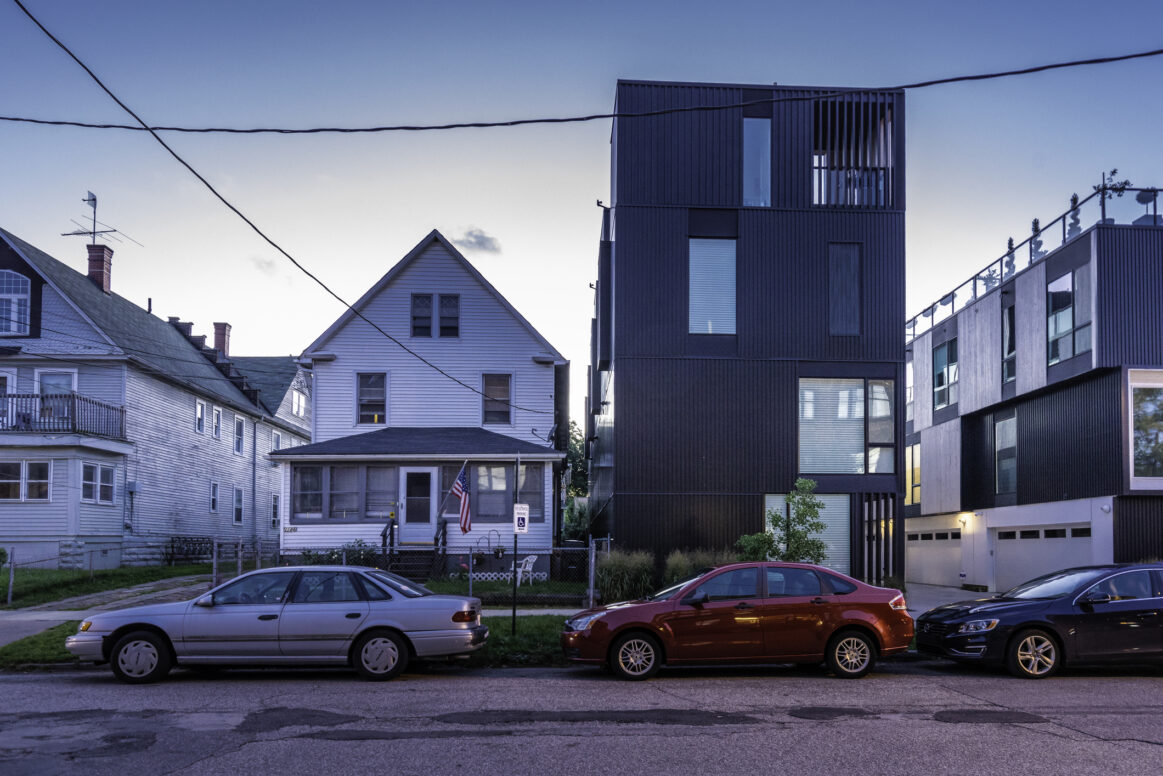
Kayla Johnson
By: Kayla Johnson
Gentrification is a complex and often controversial topic in real estate and urban development. It refers to the transformation of a neighborhood or community, typically in urban areas, where new, often more affluent residents move in. This often leads to changes in the character and the socioeconomic makeup of the area. The process is characterized by several key elements:
1. Property Investment: Gentrification often starts with real estate developers and investors identifying undervalued or neglected neighborhoods for potential profit. They buy properties at lower prices to renovate or redevelop them.
2. Rising Property Values: As developers invest in the area, they improve the infrastructure, amenities and overall attractiveness of the neighborhood. This can lead to an increase in property values and rents, which can result in the displacement of existing, lower-income residents.
3. Changing Demographics: Gentrification typically involves an influx of more affluent residents, often young professionals or artists seeking affordable housing options in urban settings. This demographic shift can alter the cultural and social fabric of the community.
4. Improved Services: Alongside rising property values, gentrification often brings better public services, such as improved schools, parks and public transportation, which can benefit both new and existing residents.
5. Cultural Changes: Gentrification can lead to the displacement of long-standing businesses, cultural institutions and low-income families who can no longer afford to live in the area. This can result in the loss of the neighborhood’s unique character and history.
6. Economic Growth: Proponents of gentrification argue that it can stimulate economic growth in previously neglected areas, attract businesses and create jobs.
7. Social Displacement: Critics argue that gentrification can displace long-time residents, particularly those from lower-income backgrounds, leading to issues like housing insecurity, homelessness and the loss of community ties.
8. Policy and Planning: Local governments often play a role in shaping gentrification through zoning policies, tax incentives and infrastructure investments. They may need to strike a balance between encouraging development and protecting vulnerable populations.
Gentrification is a contentious topic, with proponents highlighting the potential benefits of revitalizing neglected areas and opponents emphasizing the negative consequences of displacement and the erasure of cultural heritage. Finding a balance that promotes inclusive development while preserving the character of a neighborhood is a significant challenge for urban planners and policymakers. Various strategies, such as affordable housing initiatives and community development programs, aim to address these concerns and mitigate the negative impacts of gentrification.
It’s a topic that real estate professionals should educate themselves about. Learning more about gentrification and its positive and negative effects on the local community can help agents do their jobs from a more informed place.
Kayla Johnson is a licensed Missouri and Illinois real estate agent, I prioritize providing 3D service – dependable, direct, and defined – to families throughout the Metro Saint Louis area. I aim to earn your trust by delivering exceptional service and helping you navigate the world of homeownership.

Comments 2
We need to understand the reality of why low value areas became that way.
In some cases it was a reduction in homeownership, which then usually then leads
to less property maintenance, and more housing occupied by renters with
lower income and stability.
We have seen it happen in the Twin Cities of St Paul and Minneapolis where since 2006, homeownership levels have fallen from close to 70% to now well below 50%.
This trend may continue as today’s higher home prices, high inflation, and high loan rates make it very difficult for young, first time homebuyers to become homeowners.
Great article very informative.